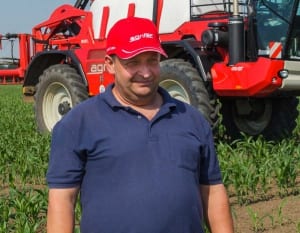
Robert Schneider
In Wiesenau, we visited the “Farming Society Ziltendorfer Niederung GbR”, a family-owned farm with a remarkable history. As in many other former East German regions during the post-war period (1953), also in Wiesenau LPG’s (agricultural production cooperatives) were established under government pressure. There were several LPG’s, for milk, pigs and vegetables. In 1976, the various LPG’s merged into a cooperative dairy company with nearly 2,000 dairy cows. After the fall of the wall, the current modern mixed farm was formed, producing milk, arable products and energy.
Robert Schneider is responsible for the fields and its produce on the farm. The company is owned by two families, contributing both land and capital. The company has a total of 4,200 hectares, including wildlife habitats and some hunting grounds. About 3,800 hectares are worked, mainly with winter wheat, winter rye, winter barley, canola and corn. About 400 hectares is used as pasture. On nearly 100% of the arable land, they practice no-till farming; direct drilling the seed only.
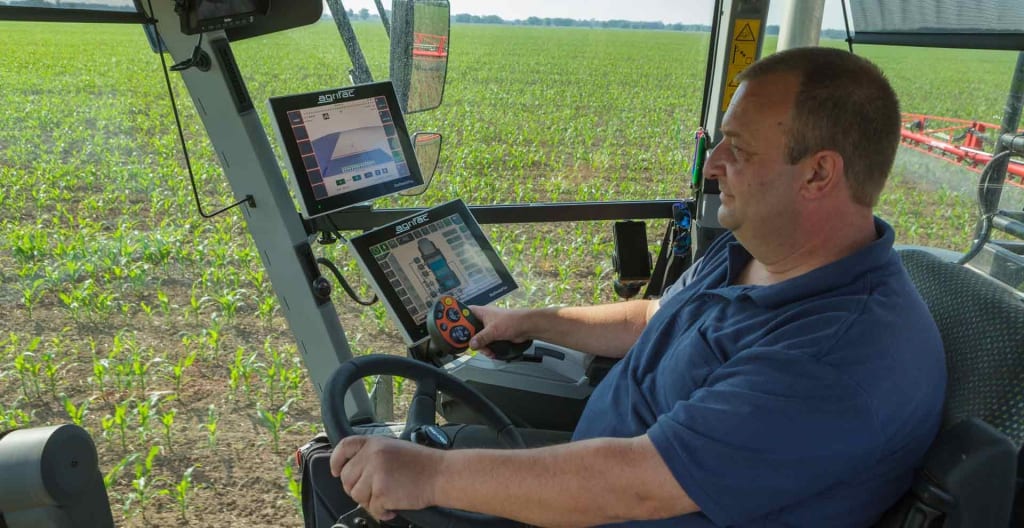
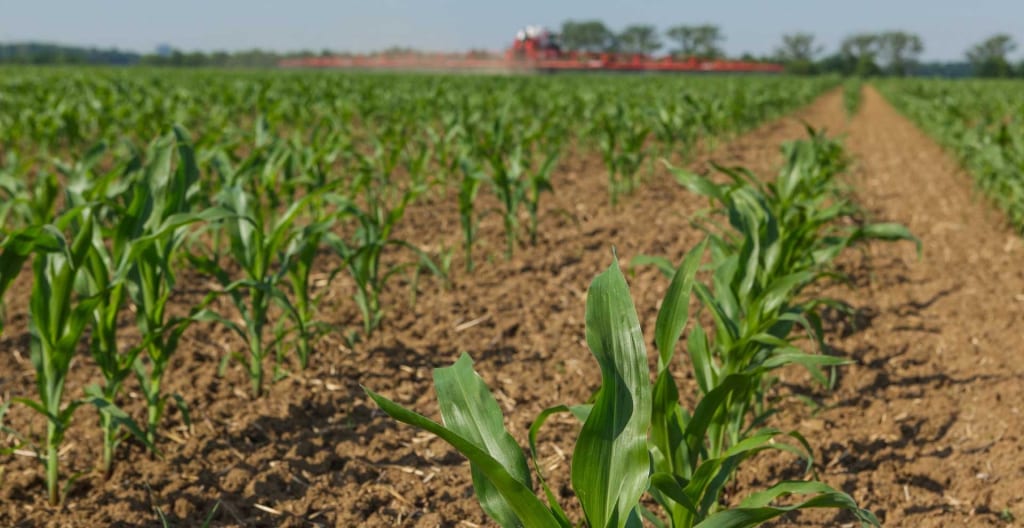
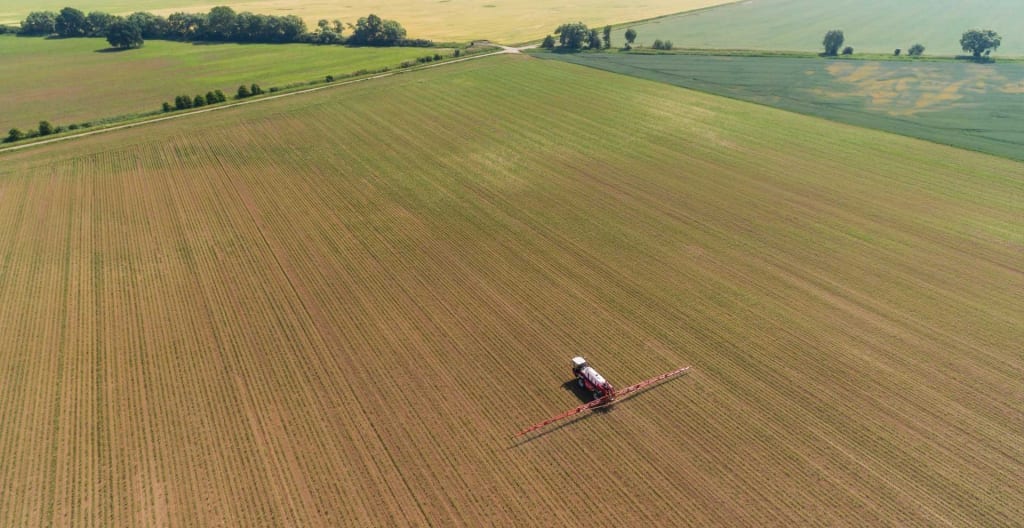
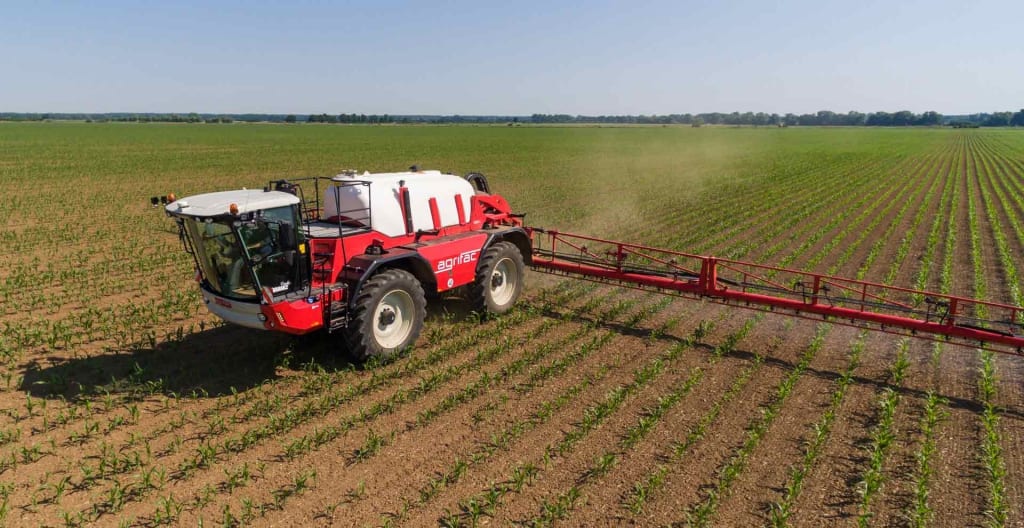
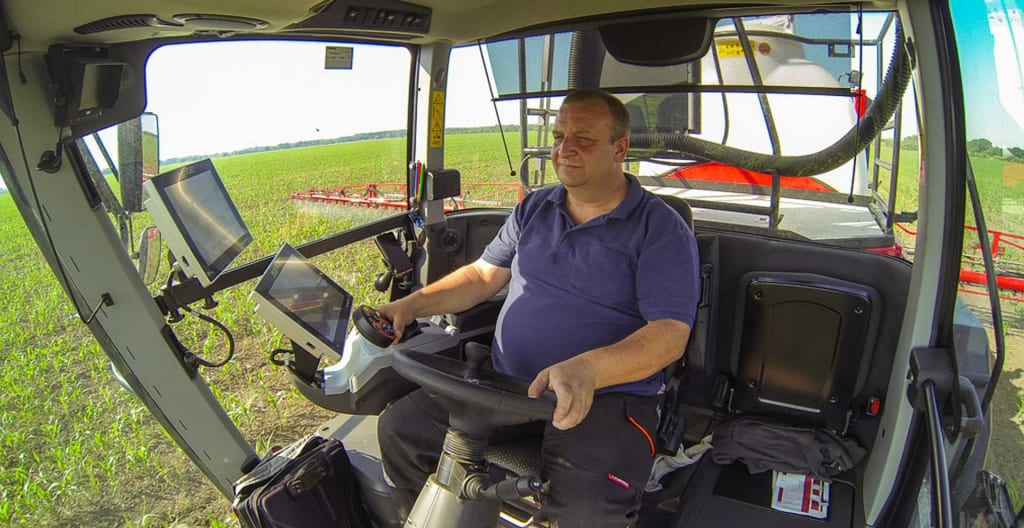
Furthermore, there are the breeding programs for young cattle, mainly Holstein, the silos, the concentrate production and three biogas plants. The latter provide 1.8 megawatts to the grid. To heat their own building, they partly use thermal energy. A pleasant side effect of the biogas production is the remaining digestate (digested manure) containing many living and dead organisms and minerals. This makes it a valuable and inodorous fertilizer to apply to the fields.
Opportunities for young people
“The new barn has room for 2,500 cattle,” Schneider says. “At present there are over 1,700; the current milk price does not allow for expansion. Animal feed such as corn, grass and alfalfa, hay and straw come from our own production. In total, we have more than 70 labourers. Since 1991, we have been a recognized training company working with interns every year. Our goal is to also give these young people opportunities in the company after completing their training.”
The Condor Endurance
He mentions that this is the first season they have worked with the Agrifac Condor Endurance. It has now worked 500 hours (covering 7,000 hectares). The purchase is primarily motivated by the enthusiasm of colleagues who have had a positive experience with the Endurance. For Schneider, the most important factors are reliability, high crop protection effects and the high area performance of the machine.
Torsten, the sprayer operator, joins us and adds that he is particularly impressed with the comfort, both in the field and in road travel. He is also less dependent on good wind conditions; “Unless there is a storm, he just carries on spraying. Filling and cleaning is much faster as easier than before; in order to clean, he does not even need to step out of the cab anymore. The tank is always empty, so there is almost no residue to clean. It is this kind of enthusiasm and efficiency that persuaded Schneider to make the purchase.”
Learn More about Condor Endurance
Condor Endurance
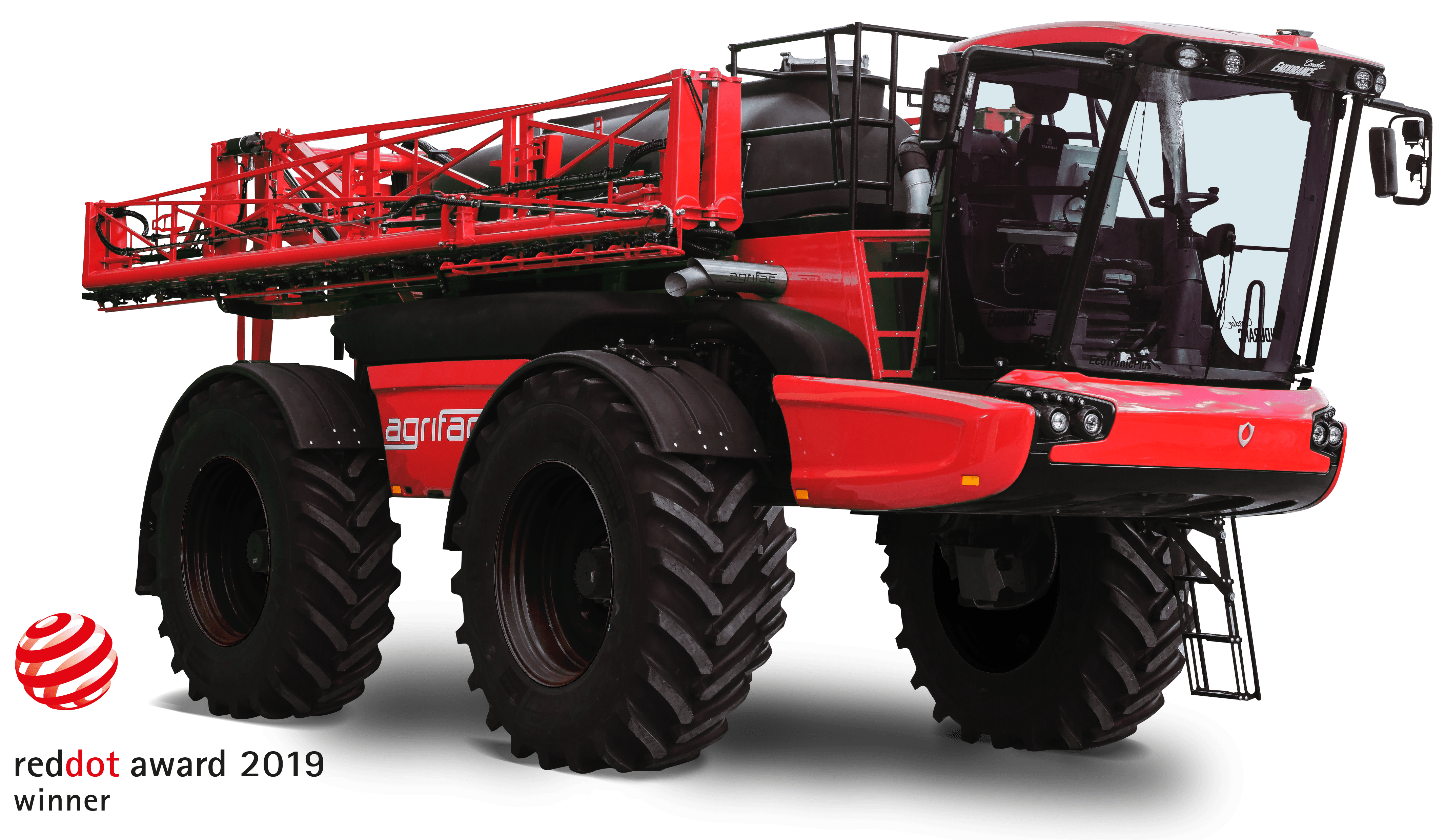
Condor Endurance
- Built for maximal capacity and speed
- J-booms available up to 55 metres
- 8000 litre tank
- Red Dot Award Winning 2019
More user experiences
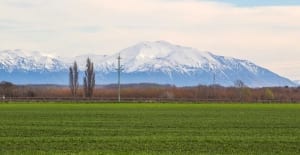
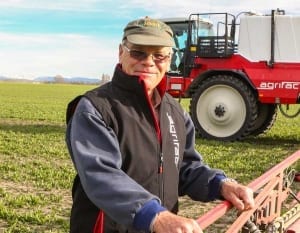
Eric Watson
Eric and Maxine Watson farm almost 500 hectares on the Canterbury Plains of New Zealand, and have specialised in the production of grains, grass, vegetables and legumes for seed.
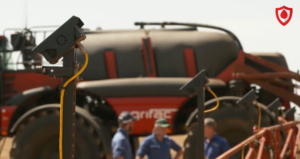
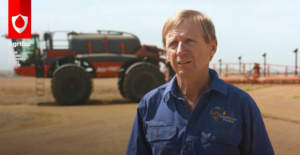
Gareth Rowe, Georgina Farms
By leveraging green-on-green spot spraying, Gareth has achieved remarkable reductions in herbicide usage, ranging from 5% to 22% compared to conventional methods.
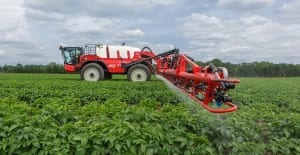
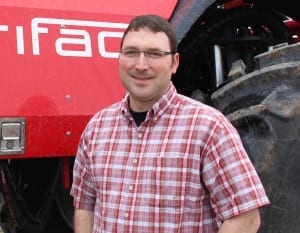
Ed Snyder
Snyder Crop Services specialise in crop protection application, fertilizer application, fertilizer sales and some crop consultancy advice.











